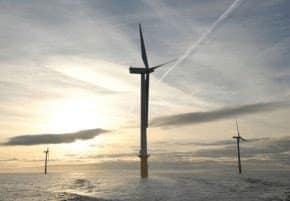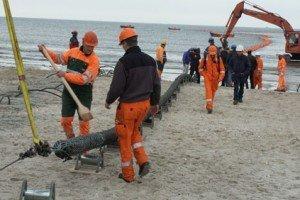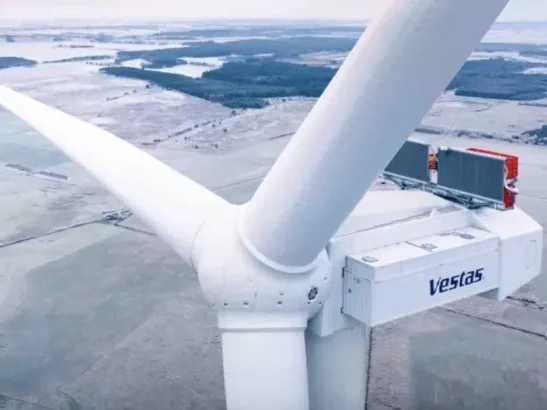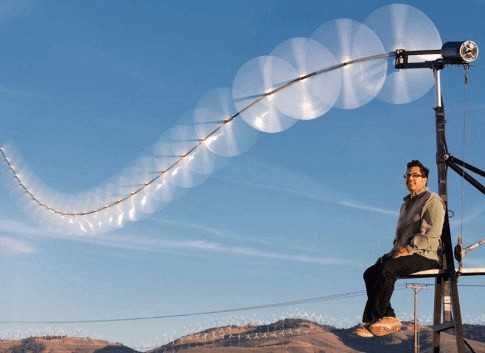By Colin Houghton
Germany now has over three-quarters of all offshore wind farm related cable orders. As part of a detailed investigation into power cable installation in the offshore wind industry, technology and consultancy company Enventi claim its analysis shows current UK Government policy is stalling offshore wind development.
Their analysis into power-cable installation in the offshore wind industry shows that out of 2,400 kilometres of offshore cables currently on order, only 13% — or 300km — relate to planned UK offshore developments. Cabling earmarked for German projects amounts to 2,000km.
Eventi say that Germany is already well advanced in the installation of an integrated HVDC (High Voltage Direct Current) network that will allow clusters of offshore wind farms to be developed and that it is likely that this groundwork will allow Germany to surpass the UK as the world leader in installed offshore wind capacity sometime between 2015 and 2020.
While Germany has just 700MW of offshore wind under construction, it has consent for 7.5GW. By comparison, the UK has 1.7GW under construction but just 2GW consented. Why is this? Uncertainty about UK energy policy has led to Germany’s offshore wind pipeline accounting for 76% of offshore wind-farm-related cable orders.
Enventi say
“In a tight supply chain, as we believe is likely, this hiatus in the UK will be a crucial factor in the race to install the next phase of offshore wind farms in North-Western Europe. Germany is already well advanced in the installation of an integrated High-Voltage Direct-Current network that will allow ‘clusters’ of offshore wind farms to be developed and it is likely that this groundwork will allow Germany to surpass the UK as the World leader in installed offshore wind capacity sometime between 2015 & 2020”. Now is the time for the offshore supply chain to be developed,” he added. “But this is not happening.
The problem may well be the uncertainty in the UK Government’s energy market reform (EMR); in particular the possible review or even replacement of Renewal Obligation Certificates incentive scheme by 2017. The UK Government will begin focusing on this in the next 2 months. Renewable Obligation Certificates or ROCs for short is the name given to the digital certificates which holds details of exactly how a unit of electricity was made, by whom and finally who bought and used it. These ROCs are traded separately to the actual electricity itself and work as a bonus premium on top of the price paid for the unit.
X
UK Energy Companies are now being required to generate a minimum of 10% of their electricity output from sustainable sources. If they have not managed to produce the required amount of green energy themselves they must buy ROCs on the open market to make up the shortfall. If they fail to buy the required amount fines can be imposed. This incentivises power generators to supply increasingly progressively higher levels of renewable energy, such as from offshore wind farms. The UK Government has set a more challenging target than that required by the Kyoto Agreement. It wants to reduce the UK’s carbon dioxide emissions by 60% by 2050.





